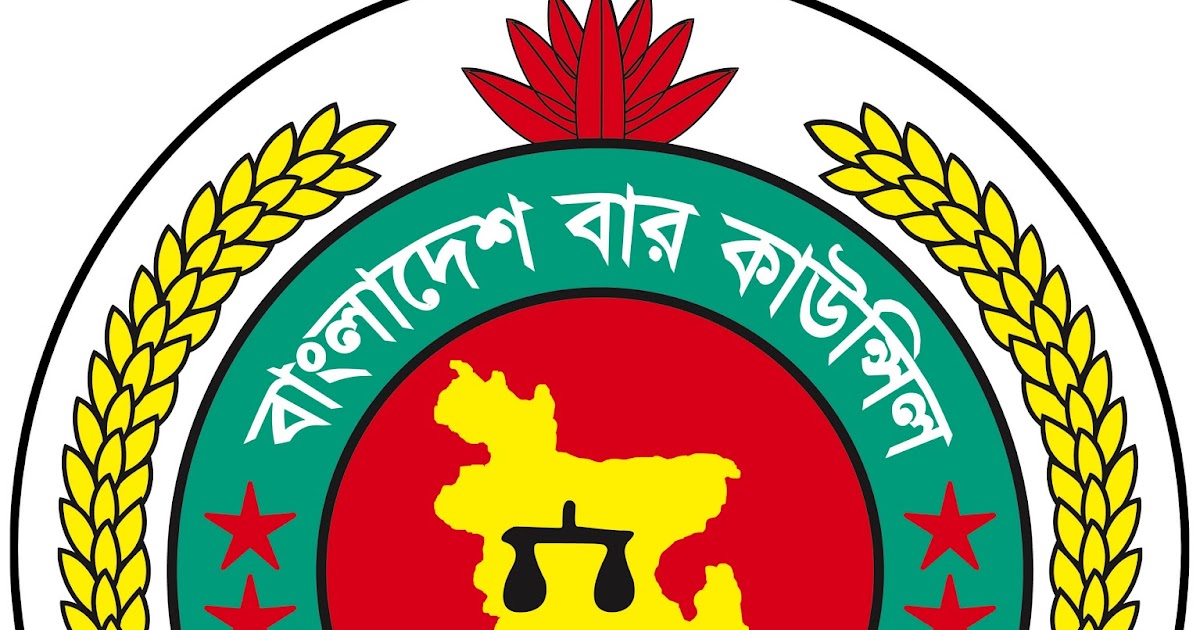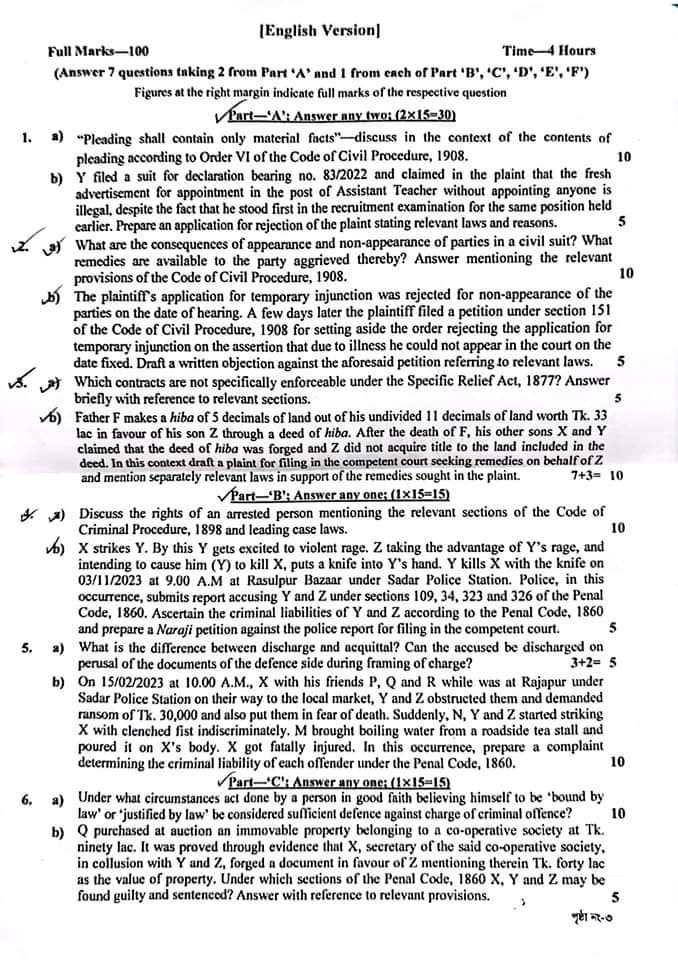Preamble to The Constitution of Bangladesh
Preamble:
Preamble is the introductory statement that sets out the guiding purpose and principles of the constitution. Preamble is defined in Black’s law Dictionary as
“a clause at theu beginning of a constitution or statute explanatory of the reasons for its enactment and the objects sought to be accomplished.”
Per
Subba Rao C.J in Golaknath V. State of Punjab, (AIR 1967 SC 1643)
defines ‘Preamble’ as
“ an introductory paragraph or part in a statute or other document setting forth the grounds and intentions of it.”
Again,
in Kesavananda
Bharati vs. State of Kerala {AIR (1973) 4 SCC 225}, it was held that
“preamble sets out the main objectives which legislation is intended to achieve. It is a key to the intention of the maker of the Act.”
The US Constitution adopted in 1787 contained Preamble for the first time. Afterwards, most of the new countries with written constitution have adopted s preamble to their constitutions. Like most of the modern written constitutions, the Constitution of Bangladesh embodies a preamble. The Preamble of Bangladesh Constitution contains the fundamental values and the philosophy, on which the Constitution is based. It also sets the aims and objectives of the Constitution which the founding members of the Constitution enjoined the polity to strive to achieve.
Significance of Preamble:
Professor K. C. Where in his modern constitution outlines that
“The
Preamble to the Constitution is not only permissible but also desirable”
The preamble to a Constitution serves the following purposes:
i. It indicates the source of the Constitution i.e. the legal and moral basis of the Constitution.
ii. It expresses in a nutshell the ideas and aspirations of the Objectives of the Constitution. In other words, it identifies the goal of the state.
iii. It expresses the political, moral and religious values which the constitution is intended to promote.
iv. It works as the guiding star for the interpretation of the Constitution.
However, the preamble to the Constitution contains the above things in the following ways-
i. The source of the Constitution: The first line “We the people of Bangladesh, having proclaimed our independence…” and the last paragraph “In our Constituent Assembly…” established all the power of the country belongs to the people of Bangladesh (Art-7). It also mentions the historic struggle through which we got our independence and indicate our constitution is made with the proper way with the representation of people of Bangladesh.
ii. The legal and moral basis: The second paragraph, it established the fundamental principle of the state. Namely: Nationalism, socialism, democracy and secularism. These pillars uphold all of our constitution. As the second paragraph continues as “Pledging that the high ideals of nationalism, socialism, democracy and secularism, which inspired our heroic people to dedicate themselves to, and our brave martyrs to sacrifice their lives in, the national liberation struggle, shall be the fundamental principles of the Constitution” (Later described in Part II)
iii. The object of the State: The third paragraph draws the spirit of the second paragraph and confirms of its application by mentioning democratic process, rule of law, fundamental human rights and freedom etc and these would be the fundamental aim of the country. (Later described in Part III).
iv. The political, moral and religious values: The supremacy of the constitution and its protection by the people is confirmed by the fourth paragraph it also said our foreign policy would be international peace and co-operation in keeping with the progressive aspiration and mankind.
v. Guide to interoperate the Constitution: “Preamble is a key to open the mind of the makers”. (1960, 3 SCR at pp. 281-282). In Re Berubari Union Case (AIR 1960 SC 845), it was held that though the preamble to the constitution is not the source of power, it helps to identify the real intention of the maker where its meaning is ambiguous.
Is preamble a part of the Constitution?
In Re Berubari Union Case (AIR 1960 SC 845), it was held that the preamble to the constitution is not a part of the constitution. But, Justice Rahman in Anwar Hossain Chowdhury Vs. Bangladeshu (1989 BLD (SPI) 1, P. 59) opined that “preamble is not only a part of the constitution rather it is the Pole Star or basic structure of the Constitution.”
Is the Preamble amendable?
The issue that whether the preamble to the constitution of India can be amended or not was raised before the Supreme Court in the famous case Kesavananda Bharati v. the State of Kerala (1973, 4 SCC 225; AIR 1973 SC 1461). In the case it was directed by the court that the preamble of a constitution is a basic part of a constitution which cannot be changed like other provisions of the constitution; this is known as the Doctrine of Basic Structure.
In Bangladesh the question of Basic Structure had been a long debate in the case of Anwar Hussain Vs. Bangladesh (8th Amendment Case) this is the first judgment whereby the Supreme Court of Bangladesh stroke down an amendment to the constitution made by the parliament. In the case amendment to art 100 of the Constitution resulting establishment of permanent seats of HCD was questioned. The Court held that the basic structure of the constitution cannot be amended. And, the preamble was declared as one of the basic structures in the decision.
However, it can be finalized following the
decision in 8th amendment that the preamble being one of the basic
structures cannot be amended. Again,
following the above decision art 7B was inserted in the Constitution in 2011 by
its 15th amendment. This article contains the basic structures of
the constitution of Bangladesh including “preamble‟ and made those basic
structures non-amendable.






